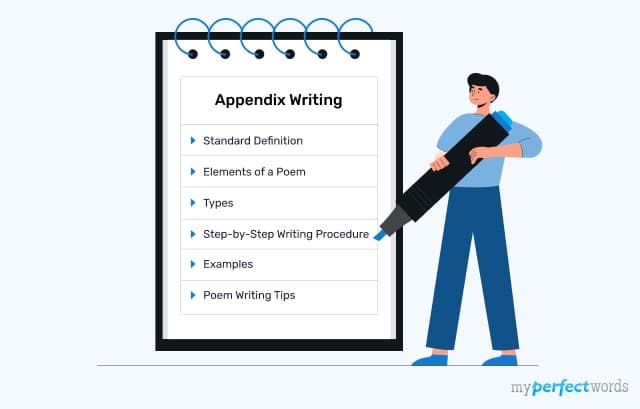Ever found yourself stuck in the daunting task of creating a bio that truly represents you?
Crafting the perfect blend of professionalism and personality can be challenging. Whether it's for LinkedIn, a personal website, or social media, describing yourself in a few lines can be a struggle.
But fear not! In this blog, we'll provide solutions and guide you through creating bios that authentically reflect who you are.
Let's get started!
On This Page![]()
- 1. What Is A Bio?
- 2. Key Components of a Bio
- 3. Creating Bios for Different Platforms
- 4. Template For Writing A Bio
- 5. How to Write a Short Bio
- 6. How to Write A Bio Examples
- 7. Tips for Writing a Good Bio
What Is A Bio?
A bio, short for biography, is a brief written summary of a person's life, highlighting their background, achievements, interests, and occasionally, aspects of their personality.
Bios are commonly used in various contexts, such as professional profiles, social media accounts, or personal websites.
Their significance lies in offering a quick glimpse into an individual's story, making it a powerful means of self-presentation.
Key Components of a Bio
Crafting an effective bio requires careful consideration of essential elements to convey a meaningful and impactful message. Whether your bio is concise or detailed, the following components are typically what a bio includes:
1. Introduction: Name, Occupation, or Role
Initiate your bio with a clear and succinct introduction, featuring your full name and current occupation or role. This sets the stage for a quick understanding of who you are.
2. Background: Brief Personal History or Relevant Experience
Offer a glimpse into your background, highlighting pivotal moments or experiences that have shaped your journey. Keep it concise, focusing on aspects directly related to your current situation.
3. Achievements: Highlight Key Accomplishments and Skills
Showcase your notable achievements and skills to underscore your expertise. Choose accomplishments that align with your current goals or the message you want to convey.
4. Values and Interests: Incorporating Personal and Professional Values
It's usually a good idea to add a personal touch into your bio by sharing your values and interests. You can add things like what you prefer to do with your free time. This allows readers to connect with you on a more human level, beyond professional achievements.
5. Contact Information: How and What to Include
Conclude your bio by guiding readers on how to connect with you. Include relevant contact information, such as social media handles or email addresses, and express your openness to communication for specific purposes.
A well-rounded bio, encompassing these components, not only informs but also engages your audience, creating a comprehensive narrative that reflects your identity and professional journey.
Creating Bios for Different Platforms
Crafting bios tailored to specific platforms is crucial for effectively communicating your identity and purpose. Here's how to write bios for various contexts:
How to Write a Bio About Yourself for Work
When writing a professional bio, focus on your current role, expertise, and contributions. Showcase your dedication to your field and express enthusiasm for ongoing professional development.
Make sure to add your professional accomplishments, your years of experience and expertise relevant to the job title. This makes your bio appealing to potential employers.
Here’s a how to write a bio example:
Example:
Dynamic Project Manager with a decade of experience in streamlining operations and delivering successful projects on time and within budget. Committed to fostering collaborative environments and continuous improvement. Currently leading cross-functional teams at ABC Corporation.
How to Write a Bio for Upwork
For Upwork bios, emphasize your reliability, skills, and dedication to client satisfaction. Clearly outline the services you offer and demonstrate your commitment to delivering high-quality work.
Example:
Top-rated Virtual Assistant on Upwork, offering a range of administrative services. Known for efficient task management and excellent communication skills. Let's collaborate to streamline your business operations.
How to Write a Bio on Instagram
Instagram bios should capture your essence in a few lines. Combine your title, interests, and a touch of personality. Use emojis to add a playful touch.
Example:
Digital Nomad | Content Creator | Exploring the world one city at a time | Coffee lover | #AdventureAwaits
How to Write a Bio for a Clothing Brand
Infuse your clothing brand bio with your brand story, values, and style. Connect emotionally with your audience and invite them to be part of your brand's narrative.
Example:
Welcome to [Your Brand] - where fashion meets purpose. Our ethically crafted designs empower you to express yourself with confidence. Join us in making a statement with style. #FashionWithPurpose
How to Write a Bio for a Graphic Designer
Highlight your design philosophy, skills, and showcase your creativity. Mention notable projects and the impact of your design solutions.
Example:
Innovative Graphic Designer passionate about visual storytelling. Proficient in Adobe Creative Suite and experienced in crafting compelling designs for diverse industries. Let's collaborate to bring your brand to life through captivating visuals.
How to Write a Bio for a Content Writer
Tailor your content writer bio to showcase your unique writing style and expertise. Highlight any niche or specialized topics you excel in and provide links to notable publications if applicable.
Example:
Versatile Content Writer specializing in travel and lifestyle narratives. With a flair for storytelling, I've crafted engaging content featured in major publications such as [Publication 1] and [Publication 2]. Let's turn your ideas into compelling stories.
Template For Writing A Bio
Here's a general bio template that you can customize for various purposes:
-Your Full Name Introduction: Background: Achievements:
Values and Interests:
Contact Information:
|
How to Write a Short Bio
Crafting a brief but impactful bio requires a thoughtful approach.
The elements you include in a short bio are mostly the same as a detailed one but a brief bio is laser-focused on its purpose.
It zeros in on your key message, aligning closely with the specific platform for which it's intended. This is especially important for social media profiles, where brevity is key:
- Start with Basics
Introduce yourself with your name and current role or title. - Highlight Key Achievements
Focus on one or two notable accomplishments or skills that define you. - Express Your Values
Share a glimpse of your personal or professional values. - Keep It Concise
Stick to the essentials and avoid unnecessary details. Aim for a few sentences. - Tailor to the Purpose
Customize your bio based on where it will be used, ensuring it aligns with the context. - Inject Personality
Add a touch of your personality to make your bio memorable. - Include a Call to Action (CTA)
If relevant, encourage readers to connect, follow, or take a specific action.
Remember, the key is to distill the most important aspects of yourself into a brief yet compelling narrative.
How to Write A Bio Examples
Here are some examples for both, professional and social media bios:
Social Media Bio Examples
These are the examples for writing a brief and detailed bios for social media profiles:
Short Version
Adventure seeker | Coffee enthusiast | Marketing Maven | Exploring the world, one campaign at a time | #DigitalNomad |
Detailed Version
Hey there! I'm Jane Doe, a passionate marketing professional who's always up for a new adventure. By day, I'm crafting compelling campaigns as a Marketing Specialist, and by night, I'm sipping coffee while brainstorming my next big idea. Currently based in [City], but you'll often find me working remotely from trendy coffee shops around the globe—I'm a proud #DigitalNomad! My journey in marketing started at [Company], where I honed my skills in social media management and content creation. I've since worked with diverse brands, helping them tell their unique stories in the ever-evolving digital landscape. When I'm not glued to my laptop, you'll catch me hiking, trying new coffee blends, or planning my next travel escapade. Let's connect and share stories! |
Professional Bio Examples
Professional platforms can require you to write brief or elaborate bios. View these examples of both:
Short Version
| I'm a seasoned marketing executive with over a decade of experience in developing and implementing strategic marketing campaigns. Currently, as the Vice President of Marketing at XYZ Corporation, I've successfully led cross-functional teams, driving brand awareness and revenue growth. Known for my innovative approach and strong analytical skills, I'm dedicated to achieving measurable results and fostering long-term business growth. |
Detailed Version
I'm a results-oriented marketing professional with a proven track record of success in the industry, accumulating over 12 years of experience in key leadership roles within high-profile organizations. In my current role as the Vice President of Marketing at XYZ Corporation, I oversee the development and implementation of all marketing initiatives. Throughout my career, I've played a pivotal role in driving brand recognition and market share growth. My strategic mindset, coupled with a deep understanding of consumer behavior, has empowered me to lead cross-functional teams in delivering impactful campaigns across digital and traditional channels. My proficiency in leveraging data analytics has consistently resulted in data-driven decision-making, optimizing marketing efforts for maximum impact. As a thought leader in the field, I frequently speak at industry conferences and have been published in leading marketing journals. My academic background includes a Master's in Business Administration with a focus on Marketing Strategy from ABC University, enhancing my holistic approach to driving business success through marketing. |
Tips for Writing a Good Bio
Crafting a compelling bio is essential for making a lasting impression. Whether for professional profiles, social media, or personal websites, follow these tips to ensure your bio stands out:
- Clarity and Conciseness
Write your bio in a clear way, making it easy for people to understand who you are and what you do. Keep it short and interesting, avoiding too many details. Focus on the most important parts of your identity and achievements. - Tailor to the Audience
Change your bio depending on where you're putting it and who will be reading it. Think about what the people reading it would be interested in. For example, if you're on LinkedIn, talk more about your work achievements. If it's for your personal website, share more about your personality. - Inject Personality
Add some of your own personality to your bio to make it more memorable. You can include personal interests. Letting your real self show through can make your bio more interesting and relatable. - Update Regularly
Make sure to update your bio regularly. Talk about new things you've done or achieved in your career or personal life. If your bio is old, people might think you're not active or involved anymore. - Showcase Your Values
Share your values and beliefs in your bio to create a deeper connection with your audience. Communicate what drives you personally and professionally. This adds a layer of authenticity and can resonate with like-minded individuals. - Testimonials or Endorsements
If you have positive comments from others, include them in your bio. Good feedback from others makes you look more trustworthy and skilled. It's like showing that other people think highly of you. - Stay On Brand
Make sure your bio matches your personal or professional brand. Keep things consistent across your online presence so that people easily recognize and remember you. This helps to reinforce your identity and make you more familiar to your audience.
As we wrap up this blog about writing bios, just remember, your story is always changing, and that's okay. Keep updating your bios to show who you are now. Writing a good bio is something you can keep getting better at.
Now that you have some tips, you're all set to make your bio interesting and true to you. It doesn't matter if you're fixing up your LinkedIn profile or making your personal brand shine. You've got what you need.
If you ever want a hand with writing, check out our custom essay writing online. Our team is ready to help you express yourself well in all your writing.
We can help with any type of assignment or any writing help you need. So, don't wait—order now!
Frequently Asked Question
How do you write a 3 line bio?
Here are some tips that will help you to write a 3 line bio.
- Tell the readers who you are.
- Give a glimpse of your personality.
- Encourage readers to read more.

Write Essay Within 60 Seconds!
Use our AI tool to generate high quality essay
WRITTEN BY
Barbara P
Dr. Barbara is a highly experienced writer and author who holds a Ph.D. degree in public health from an Ivy League school. She has worked in the medical field for many years, conducting extensive research on various health topics. Her writing has been featured in several top-tier publications.
Keep reading
Learn How to Write an Editorial on Any Topic
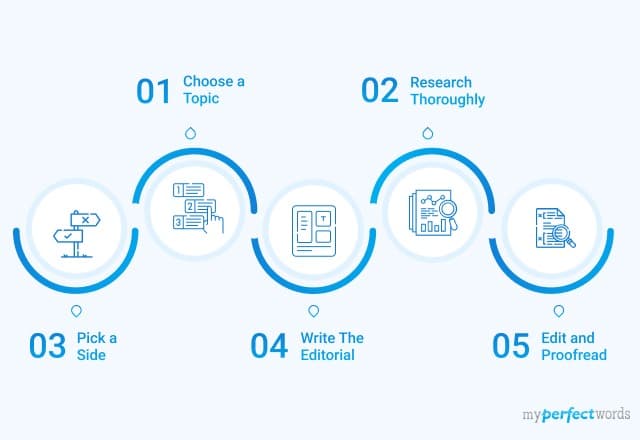
Best Tips on How to Avoid Plagiarism

How to Write a Movie Review - Guide & Examples

A Complete Guide on How to Write a Summary for Students

Write Opinion Essay Like a Pro: A Detailed Guide
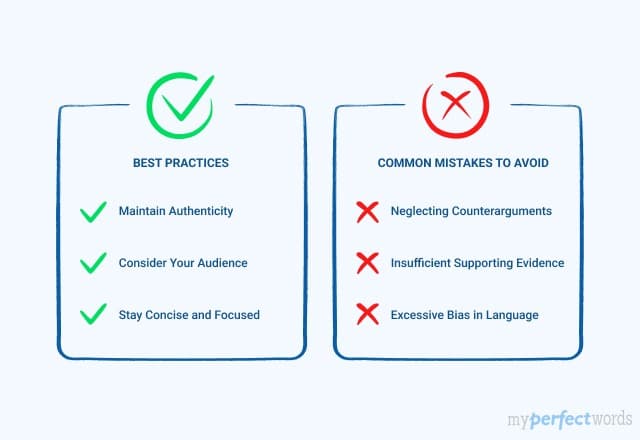
Evaluation Essay - Definition, Examples, and Writing Tips
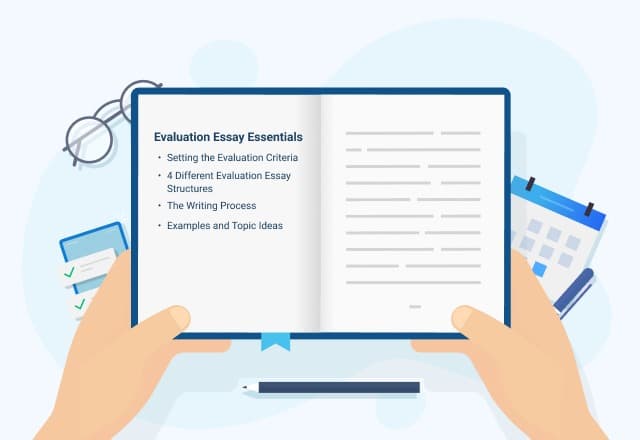
How to Write a Thematic Statement - Tips & Examples

How to Write a Synopsis – A Simple Format & Guide
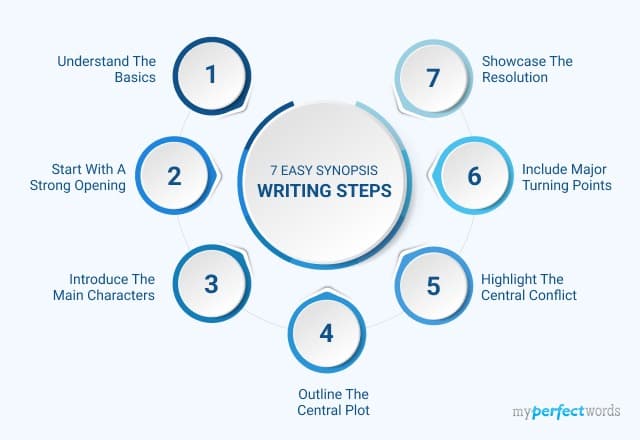
How to Write a Comparative Essay – A Complete Guide
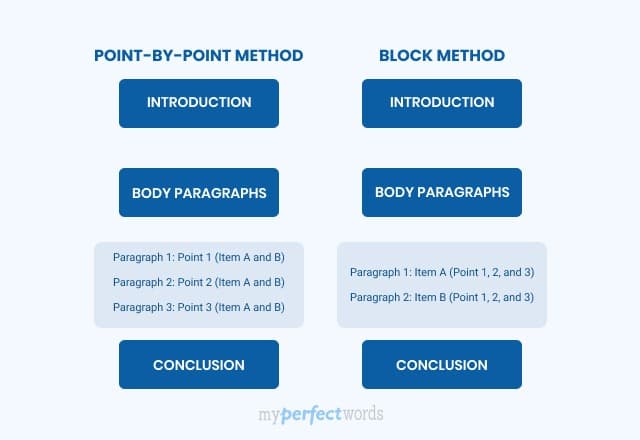
Visual Analysis Essay - A Writing Guide with Format & Sample
-10652.jpg&w=828&q=75)
List of Common Social Issues Around the World

Writing Character Analysis - Outline, Steps, and Examples

11 Common Types of Plagiarism Explained Through Examples
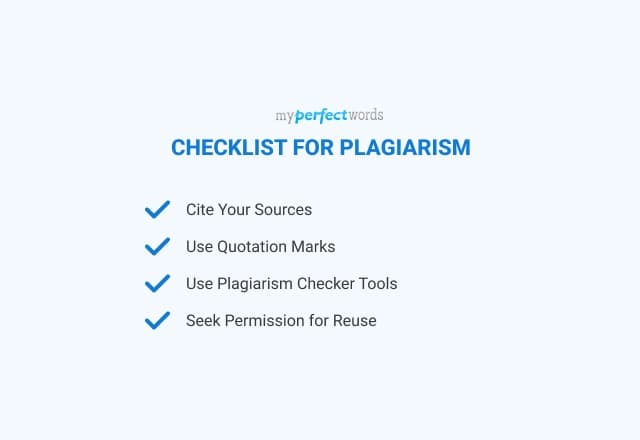
Article Review Writing: A Complete Step-by-Step Guide with Examples

A Detailed Guide on How to Write a Poem Step by Step

Detailed Guide on Appendix Writing: With Tips and Examples
